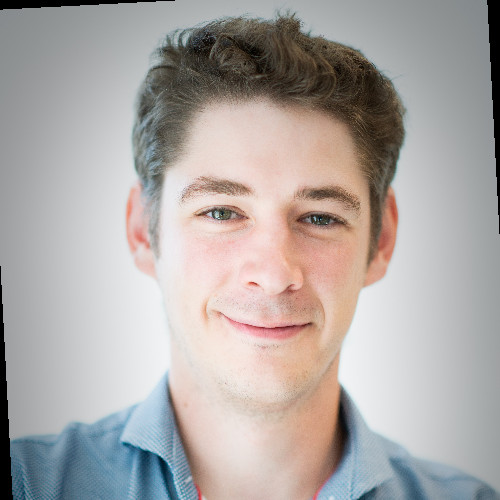The VIB is the Flemish Institute of Biotechnology, a decentralised institute in Belgium, collaborating with five universities and housing around 2,000 scientists in 90 research groups. The TechWatch team is a sub-division of the VIB Institute that proactively looks out for novel technologies and sets up collaborations with startups to provide early access to new platforms for VIB researchers.
Toon Swings, a Technology Expert at VIB Tech is involved in this high-impact research. He explained that the Tech Watch team scouts new technologies through conferences and research groups and performs landscaping to find niche applications. He stated: “We also combine technological details of competing technologies, not to the extent to exclude technologies with more to find really niche applications for each of the technologies being developed so that we ultimately can guide researchers to the most suitable platform for their question.”
VIB also provides financial and hands-on support for testing new platforms. There is a reciprocal exchange between VIB and researchers: VIB gain the opportunity to access data and biological samples and the VIB team is trained on platforms so they can suggest any further optimisations, de-risk them, and guide researchers in finding potential future applications for the platform.
When scouting for new fields, Swings noticed that single-cell sequencing appeared to be an emerging frontier. Swings and his team noticed a company called Lightcast Discovery, a UK-based pre-commercial company, developed a functional cell assay platform. Lightcast’s goal is to analyse single-cell interactions and functional dynamics at scale.
Lightcast collaborated closely with VIB on the platform. The platform utilises an optical electro-wetting technology to control and track droplets for single-cell research. Swings elaborated that changing the electric properties of aqueous droplets can allow scientists to manipulate droplet movements. The standout element of Lightcast’s technology is the optical aspect which relies on multiple light beams to control and capture droplets.
Factors like real-time tracking, low reagent use, and integration of functional and genomic data show the dynamic and useful nature of this method. The platform allows dynamic single-cell assays, enabling researchers to follow cells over time, perform treatments, and retrieve cells for further analysis.
Swings said that platform has potential applications in cancer research, immunology, neurology, and microbiology, with projects focusing on tumour microenvironment, cell-cell communication and drug discovery. Now, the team are focusing on validating the platform and embedding it into VIB for broader internal research use.





